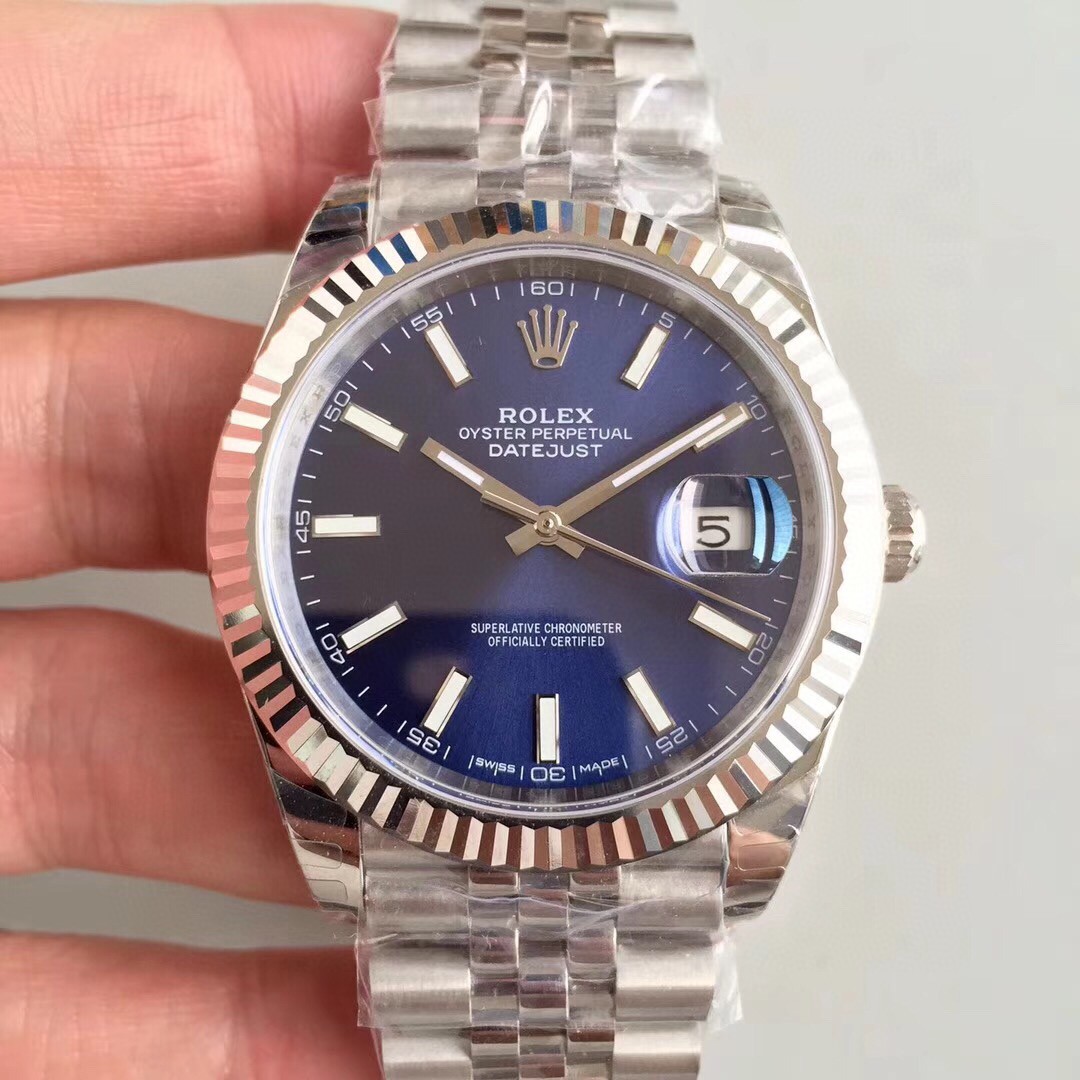If you were lucky enough to own a watch in the 16th or 17th century – portable timepieces were for the wealthy, and even if the watch case was made of gold and precious stones, the movement was often more valuable than the case – setting a watch was not as fascinating as it is today. A sundial would suffice if the weather was good, or, after the development of the first pendulum clocks, a clock would also suffice.
As far as we know, the pendulum clock was invented by the Dutch mathematician and physicist Christiaan Huygens in 1656 and patented the following year; his design was built by the clockmaker Salomon Coster. After subsequent refinements to the design – including the deadbeat escapement invented by Englishman Richard Towneley in 1657, which was used primarily in the two precision regulators Tompion built for Greenwich Observatory in 1676 – the pendulum clock would become the most accurate timekeeping device until practical quartz clocks began to be produced in the mid-20th century.
It is interesting for copy watch enthusiasts to contemplate the fact that, from a technical point of view, by the end of the 17th century, the pendulum clock had solved the most basic problems in accurate timekeeping (it was still being refined later, including in the 20th century, but all the basics had long been there), and clocks would spend the next two centuries or so essentially trying to catch up.
The earliest public clocks were usually not much better than replica watches, thanks to the erratic performance of the vertebral escapement (the earliest known type of clock escapement, except for those used on some complex water clocks), but gradually many of the earliest tower clocks replaced the vertebral escapement with a pendulum and anchor escapement.
In general, the procedure seems to have been to start raising the time ball about five minutes before the hour to alert moored ships of the impending time signal; the time was recorded at the moment the time ball began to descend, not when it reached the bottom. There are dozens of time spheres still in operation around the world, including (to pick just one) the Deere Time Sphere in Deere, England. The Deal time sphere is actually triggered remotely by telegraphic signals from the Royal Observatory. In some places, the time signal is sent by firing a gun – these signals go off at different times depending on the location, although noon has always been a long-time favorite.

